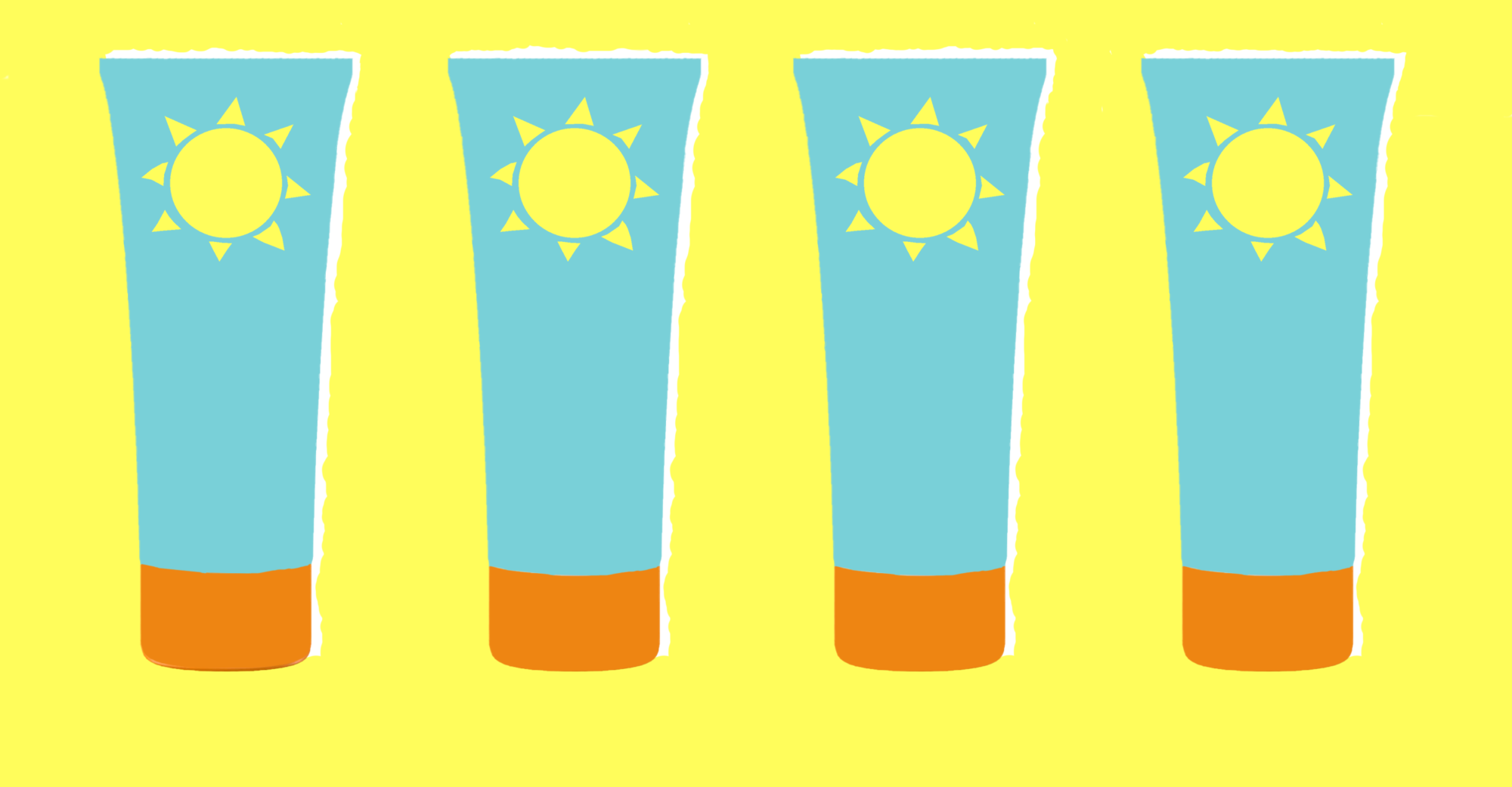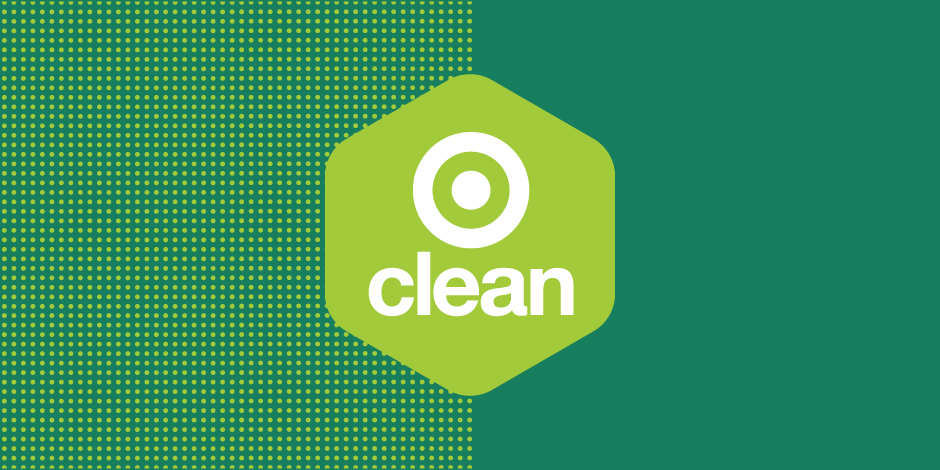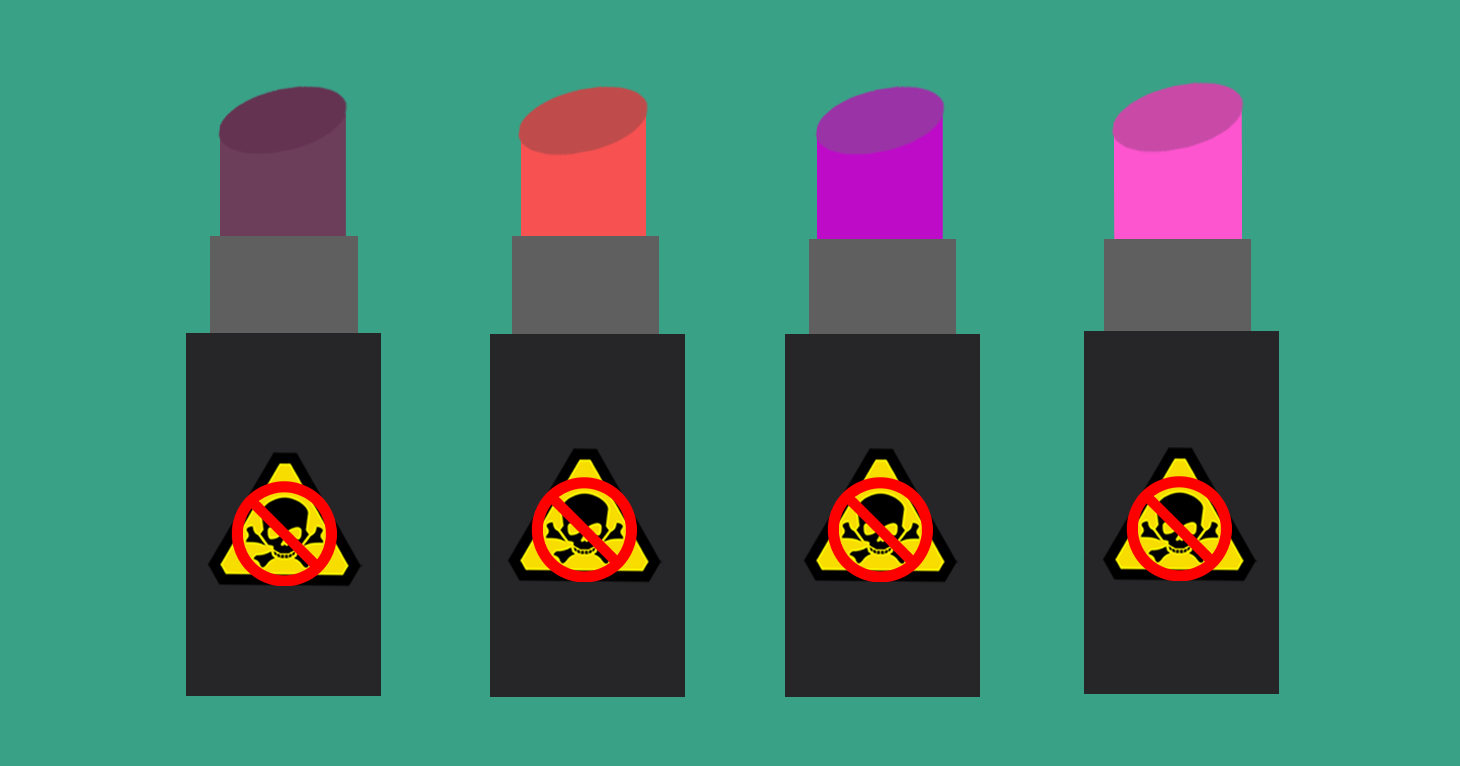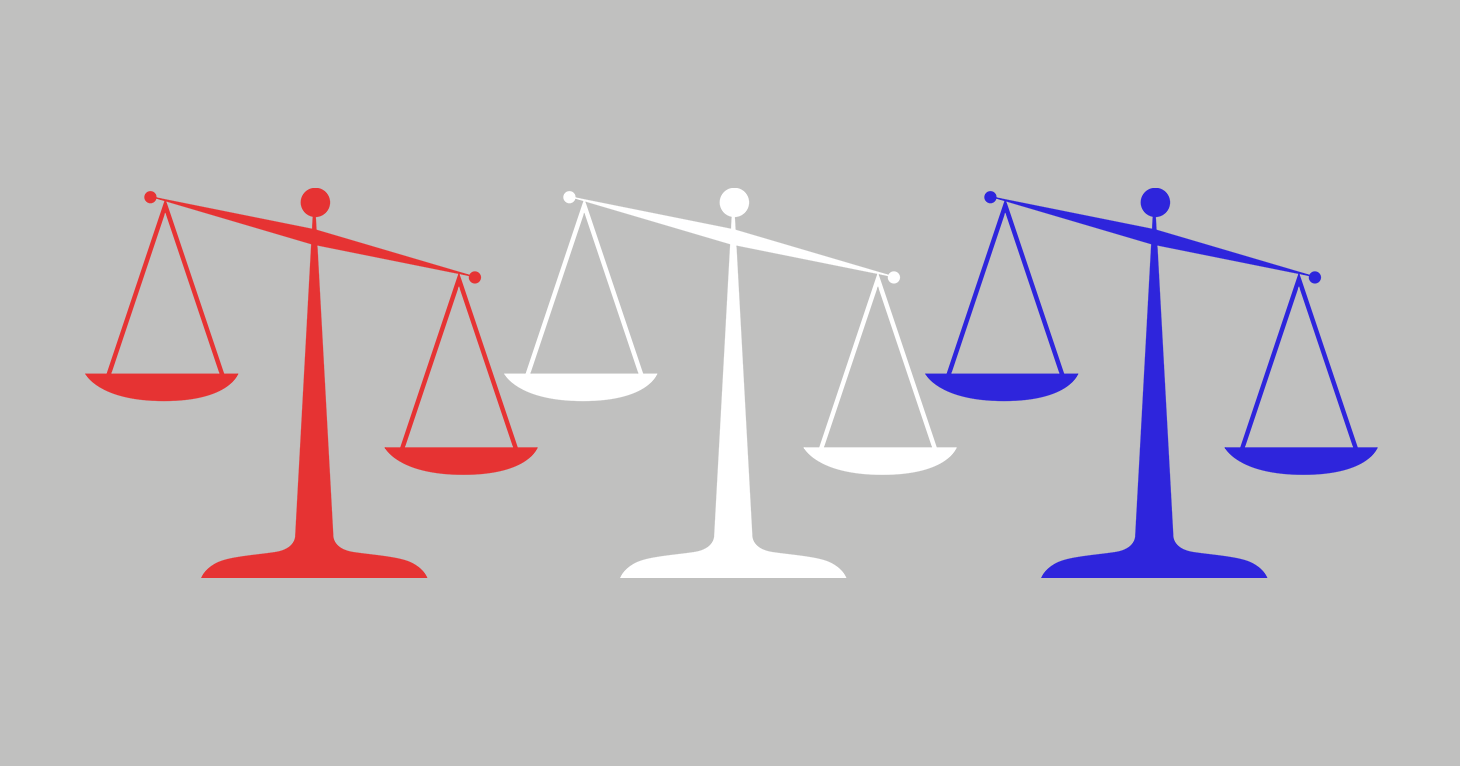
CATrends: Benzene in Sunscreen Products
Lawsuits allege labeling fails to disclose sunscreen products contain carcinogen.
The dirt on beauty and personal care products marketed as "clean."
With more and more beauty and personal care products being marketed as “clean,” it’s worth asking: What does that even mean? That the product is non-toxic? Free of chemicals? Organic?
In the absence of a legal definition for “clean,” the short answer is it means whatever a company wants it to mean. And how a company interprets “clean” may not align with your definition of the word when ascribed to beauty and personal care products.
For example, Target says when you see its “clean” icon (on in-store signs like the one pictured above, in addition to on store shelves), it means that “the product is formulated without a group of commonly unwanted chemicals that can be found in products we use regularly.” The 14 chemicals or category of chemicals are: propyl-parabens, butyl-parabens, phthalates, formaldehyde, formaldehyde-donors, nonylphenol ethoxylates (NPEs), Oxybenzone, SLES, retinyl palmitate, hydroquinone, triclosan, triclocarban, BHA and BHT.
But how Target came to single out these specific chemicals, effectively blacklisting them as “commonly unwanted,” is something of a mystery. Did Target conduct a survey of its customers to determine which chemicals they want to avoid and this list reflects the results of that survey? Or did the retailer come up with the list on its own without any input from its customers? Who knows. The methodology is kept hidden. (Target did not respond to an inquiry by TINA.org.)
Meanwhile, there is at least one product that Target markets as “clean” that nevertheless contains a potentially harmful ingredient. Among the ingredients in this “clean” shampoo is phenoxyethanol, a preservative that the advocacy group Campaign for Safe Cosmetics says “has been linked to reactions ranging from eczema to severe, life-threatening allergic reactions,” in addition to acute nervous system effects in infants. According to the nonprofit Environmental Working Group, phenoxyethanol poses a low to moderate health hazard and has restrictions against its use in cosmetics in Japan.
There are also products that share the same ingredients — in the same order — but one is marked “clean” and one isn’t. It just so happens that the Target brand of eye makeup remover, Up&Up, makes the cut, while a competing brand of eye makeup remover, Neutrogena, doesn’t.
But at least Target provides a complete list of the ingredients it’s decided are unworthy of the “clean” label. That’s more than you can say about Goop, Gwyneth Paltrow’s wellness empire, which only names a few of the ingredients that prevents a product from being marketed as part of its “clean beauty” collection. These include some of the same ingredients that Target identifies (phthalates, BHA and BHT) but also some that are different (PEGs and ethanolamines), which is indicative of the way companies customize the term as they seem fit.
For its part, Goop offers some insight into its methodology, while acknowledging that it can be difficult to distinguish between perceived good and bad ingredients:
We look at studies and decide what ingredients we can live with, and those we can’t. It can be a murky science, but we go with the clear offenders: Do you want antifreeze (propylene glycol) in your moisturizer? We’re going to guess no.
But when Goop equates clean to non-toxic, it’s subjecting itself to closer scrutiny. This is because while there is no legal definition for “clean,” there is one for non-toxic. The FTC’s Green Guides state that a “non-toxic claim likely conveys that a product, package, or service is non-toxic both for humans and for the environment.” (Goop also did not respond to a request for comment by TINA.org.)
Another section of the Green Guides addresses “free-of claims,” which is relevant to this discussion as some consumers may interpret “clean” to mean free of chemicals that are harmful to the environment. Under this interpretation, if a product marketed as “clean” poses the same or similar environmental risks as a product with the chemicals that are not present in the advertised product, the marketing may be considered deceptive.
Find more of our coverage on cosmetics claims here.
Lawsuits allege labeling fails to disclose sunscreen products contain carcinogen.
Without a strong legal definition for “non-toxic,” cosmetic companies are making it up as they go along.
FTC finalizes its Made in USA Labeling Rule.


